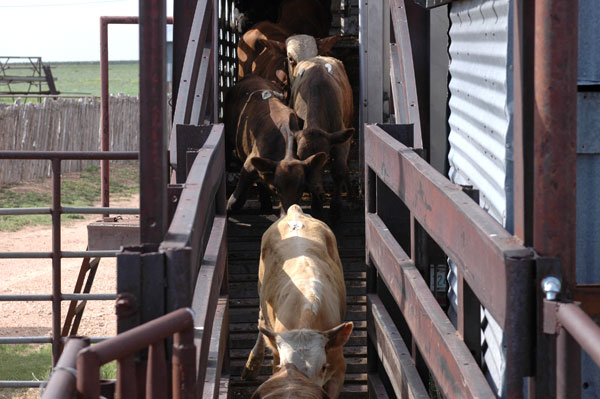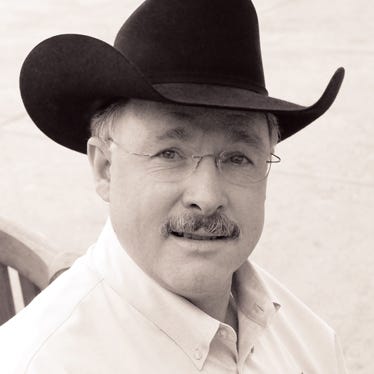Calf and yearling prices move higher
Cattle prices were mostly higher during the holiday-shortened week. According to the Agricultural Marketing Service, a light test of calves sold mostly steady to $10 per cwt higher at major auctions, while a light test of yearlings sold steady to $4 higher. Direct trade was firm to $3 higher.
November 27, 2015

Cash and futures prices found some stability following the previous week’s dive. However, given ongoing volatility and the vagaries of gauging trends during a holiday-shortened week, nobody is proclaiming that the seasonal ebb is finally in the rearview mirror.
Calves traded mostly steady to $10 per cwt higher at major auctions—in a light test of calves weighing less than 500 pounds—ahead of the Thanksgiving break, according to the Agricultural Marketing Service (AMS). Yearlings traded steady to $4 higher. Direct trade was firm with instance of $3 higher.
Feeder Cattle futures closed an average of $1.58 higher week to week through the front five contracts ($1.12 to $2.37 higher) and then an average of 50¢ higher. That builds upon gains the prior week.
Live Cattle futures closed an average of $1.77 higher week to week through the front three contracts and then an average of 75¢ higher.
There was too little reported trade through Friday afternoon to trend weekly cash fed cattle prices. The previous week, dressed sales in the north were $3-$7 less at $195 per cwt. Live sales were $2-$5 lower at $123-$129.
Week to week, Choice boxed beef cutout value was $2.16 higher at $204.40 per cwt on Friday. Select was $4.55 higher at $195.50.
Gains in wholesale beef prices came despite the Monday’s bearish USDA Cold Storage report.
Total red meat supplies in cold storage were record high for the month of October, since the data was first recorded in 1916. Frozen beef supplies were 34% more year-to-year and frozen pork supplies were up 13%.
Total stocks of chicken were 31% more than last year—record high for the month of October, since the data was first recorded in 1939.
Andrew P. Griffith, agricultural economist at the University of Tennessee, pointed out in his market comments last week that current market doldrums include the price correction from the fourth quarter of 2014 being exacerbated with seasonal declines in calf and feeder cattle prices.

Breathtaking photos of winter on the ranch
The first snow hit parts of the Midwest this week. Mentally prepare for the winter wonderland with these stunning photos. See photos here.
Plus, available forage and market wariness meant seasonal market flows were altered as producers waited longer to ship calves. Some continue to wait.
“Prior to the price decline that began in August, there was incentive for cattlemen to keep cattle in the country on grass, because the value of gain was greater than the cost of gain,” Griffith explains. “Thus, many of those cattle entered the feedlot at a much later time than would be normal. It is likely many of those cattle stayed on pasture even when prices began to decline, as it would have been easy to think that prices would rebound in the near term. However, prices did not rebound and it is likely we have more than one full calf crop being moved to the feedlot at this time due to the holdover of last year’s calf crop. Producers should not expect a price resurgence before the end of the year for calves or yearling cattle. Further declines in the yearling market are becoming less likely but more downward pressure is possible.”
You might also like:
Cyclical trend will push prices lower
Let's eat! 75 photos of beef cattle bellied up to the feedbunk
Burke Teichert: Why working in sync with nature will benefit your operation
About the Author(s)
You May Also Like




.png?width=300&auto=webp&quality=80&disable=upscale)
